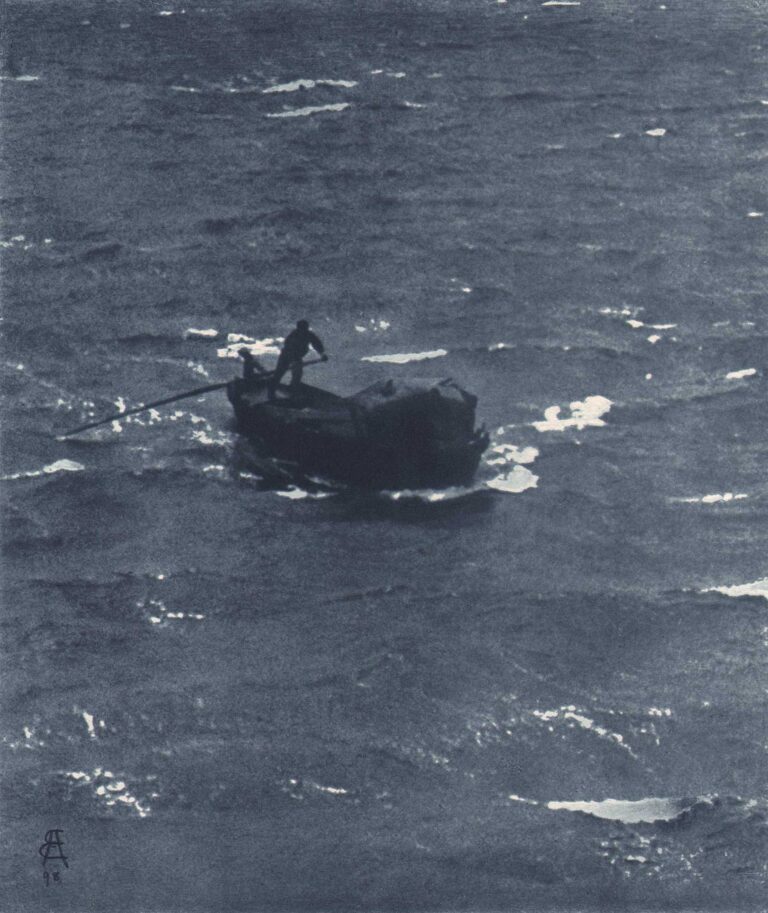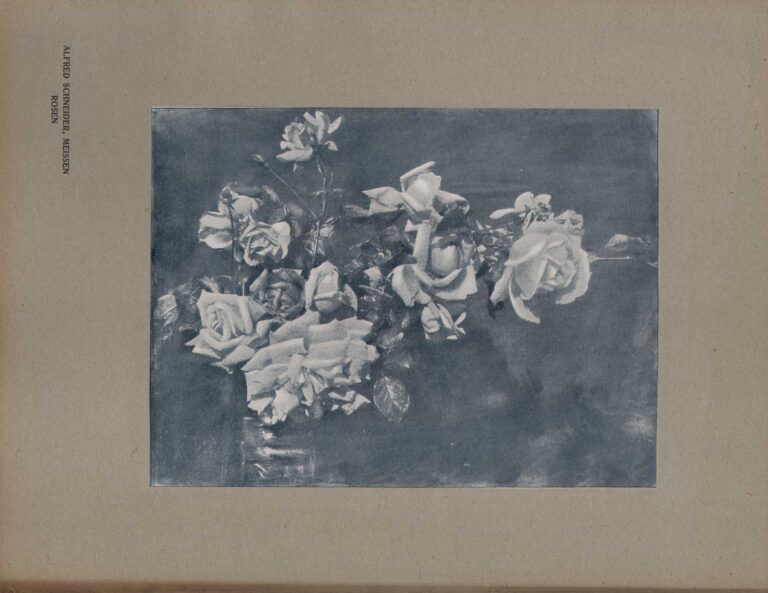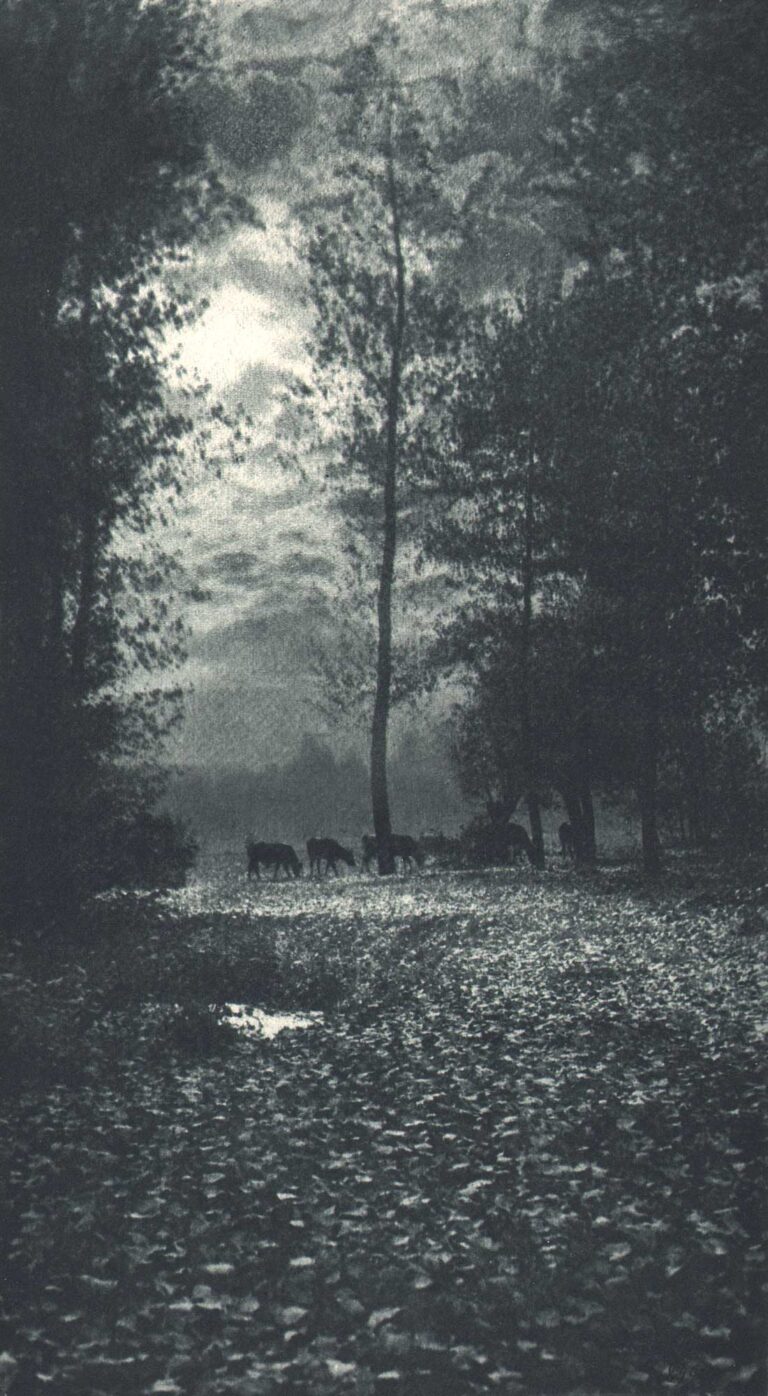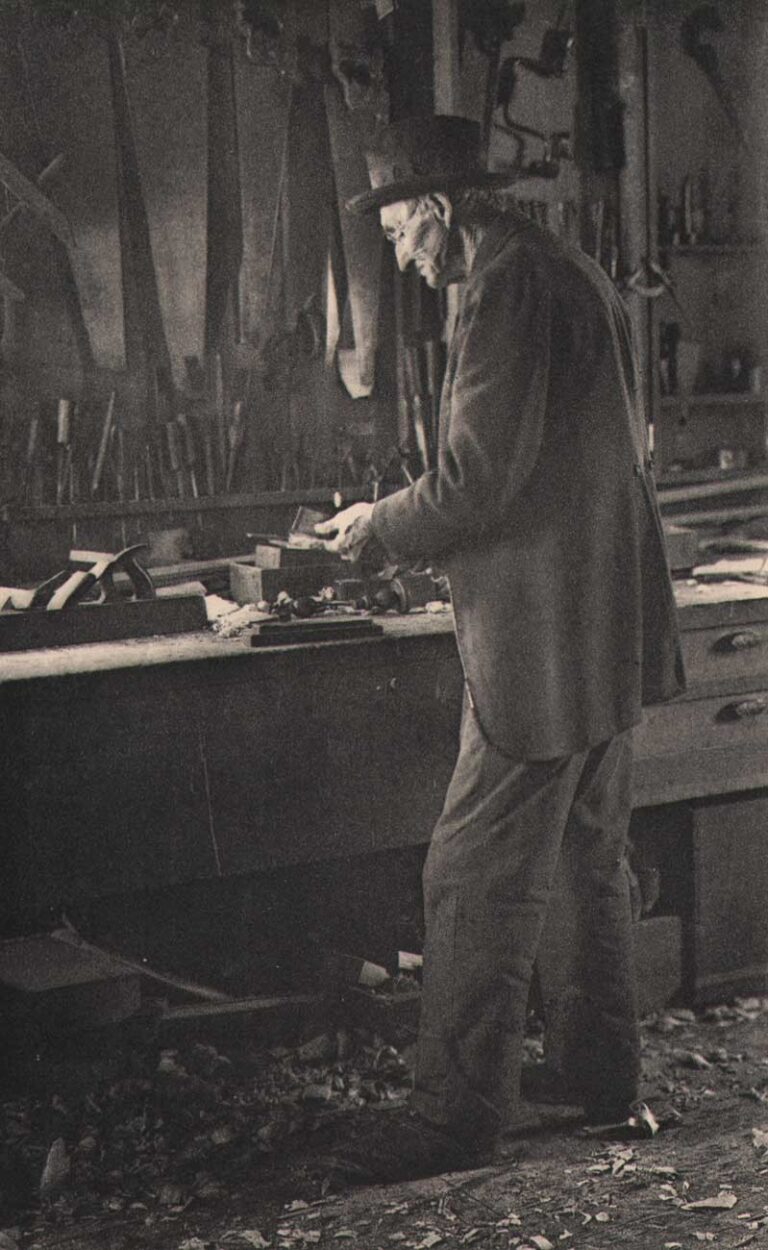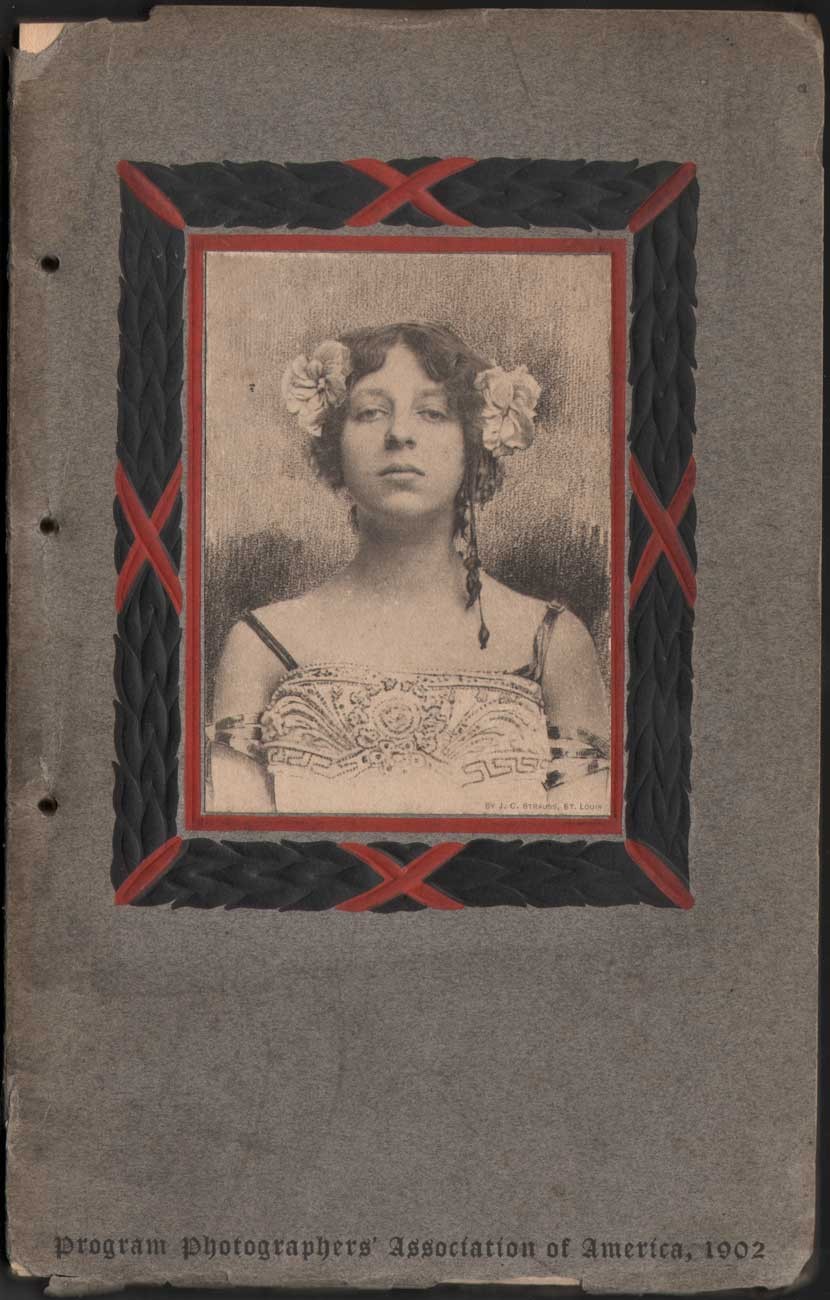
Program Cover: Lytrit style portrait by Strauss
Julius Caesar Strauss, (1857-1924) known professionally as J.C. Strauss, maintained and ran the most lavish and successful commercial portrait studio in St. Louis at the turn of the 20th Century. Sometime before 1902, Strauss claims to have: “coined and registered by me as a trade-mark” the word “Lytrit” to apply to his unique style of photographic portraits which combined photography and drawing-giving the result a most artistic feel. Widely imitated in their day by professionals and artistic amateurs alike, the following mentions of “Lytrit”portraiture by Strauss are here extracted from photographic journals:
January: 1902:
“We have recently been Lytrit favored with some novel prints from the Strauss Studio in St. Louis, which represents a new and pleasing style of treatment in photographic portraiture. These pictures have the effect of an etching or a pen-and-ink sketch, and in the hands of an artist like Mr. Strauss are very effective. Presumably, the subject is photographed against a white background,the face and hands being preserved, while the surroundings are sketched in later, by a pencil or crayon, retaining the tone and texture of the original photograph. From this sketch, a new photograph is made which is called Lytrit, from the words Light writ, written by light. Our frontispiece in this issue, “Jinny Carvel,” shows the wonderful possibilities of this novel style of portraiture, and we congratulate Mr. Strauss upon the new laurels he has won in the profession of which he is such an illustrious member.” (1.)
May, 1902:
“We take pleasure in reproducing in this issue a few specimens of work by the famous St. Louis photographer, J.C. Strauss. He calls them “Lytrit” portraits, and, as will be seen, they are produced by a combination of photography with the hand work and skill of an artist. Mr. Strauss’ first efforts in this direction were made in May, 1899. He was, however, interrupted in the work of perfecting the process by the fire which destroyed his studio, and it was not until he had rebuilt, in the year of 1901, that he resumed this class of portraiture. At the National Convention at Detroit last year, his exhibit attracted attention to the combination of camera and other media for expression of artistic portraiture. Mr. Strauss has, of course, many imitators, and is often amused at the attempts of local photographers to humbug the public with atrocious imitations, said to be made by a new and wonderful process. “The word ‘Lytrit,’ “says Mr. Strauss,” was coined and registered by me as a trade-mark. It is a combination of the words Light, the photographic element, and Writ, the manual element, and is pronounced as if these two good old English words were written as one.” (2.)
July: 1902:
LYTRIT PORTRAITS.
The latest work of J. C. Strauss.
“PROGRESS from a tin-type gallery to the most elaborately built and fitted studio on earth, in twelve or fourteen years, speaks a man of energy and ability. And progress from a shilling a dozen to £20 a dozen speaks of ambition combined with a rare knowledge of men.
It is one of the advantages of such a business as has been made by J. C. Strauss, that its creator need never be afraid to tell his secrets; he is the last to fear that his ” brains will be picked.” Hence he sends us examples of his latest ” Lytrits,” thinking that reproduction of one or two may interest the professional photographers, and encourage some of them to still further persevere in the raising of prices.
The Lytrit portraits are prints about 6×4 ins., surrounded by a plate mark, on cream white paper, 11×8 ins. Technically, there is nothing very peculiar about them. They are evidently plain background negatives, and the specialty claimed for them is that Mr. Strauss spends two or three hours in making the pose and planning what the picture is to be. Thereafter, on the negative, is added the crayon-like work which suggests accessories and backgrounds, and which makes much of the attraction of the picture.
A journalist of St. Louis writes thus of Strauss:—”Strauss’ is a great St. Louis institution, and we are not as proud of it as we should be. It is doing more for the generation of real art feeling in this city than all the schools. And Strauss has done another thing. He has succeeded in evolving in his art a typical St. Louis girl, just as Gibson has evolved the Eastern girl. The Strauss girl has a peculiar tone and carriage and a piquant, though a little demure, look that are indigenous to this community. She isn’t statuesque and she isn’t clinging. She has an esprit of her own that is the happy mean between the frosty and the saucy, between the voluptuous and prim, between the alert and the languorous. The Lytrit portraits of St. Louis girls by Strauss are wholly elegant in their suggestion of freedom. As for his Lytrit portraits of men, they are treatments of character that eliminate the suggestion of silliness there is in an ordinary photograph of a man.” (3.)
condition: cover shown wrapped with stapled volume but with missing green cord (retained by archive) which was tied through three punch holes through entire volume along left margin. Scuffing and small chip missing to upper left corner of cover.
1. Strauss’ Lytrit: in: The Photo-Era: Boston: The Photo-Era Publishing Company: January, 1902: p. 281
2. Editorial Notes: in: The Photographic Times-Bulletin: New York: The Photographic Times-Bulletin Publishing Association: May, 1902: p. 225
3. The Process Photogram: published for the proprietors. The Photogram, Ltd.: Dawbarn & Ward, Ltd.: London: July, 1902: p. 202
